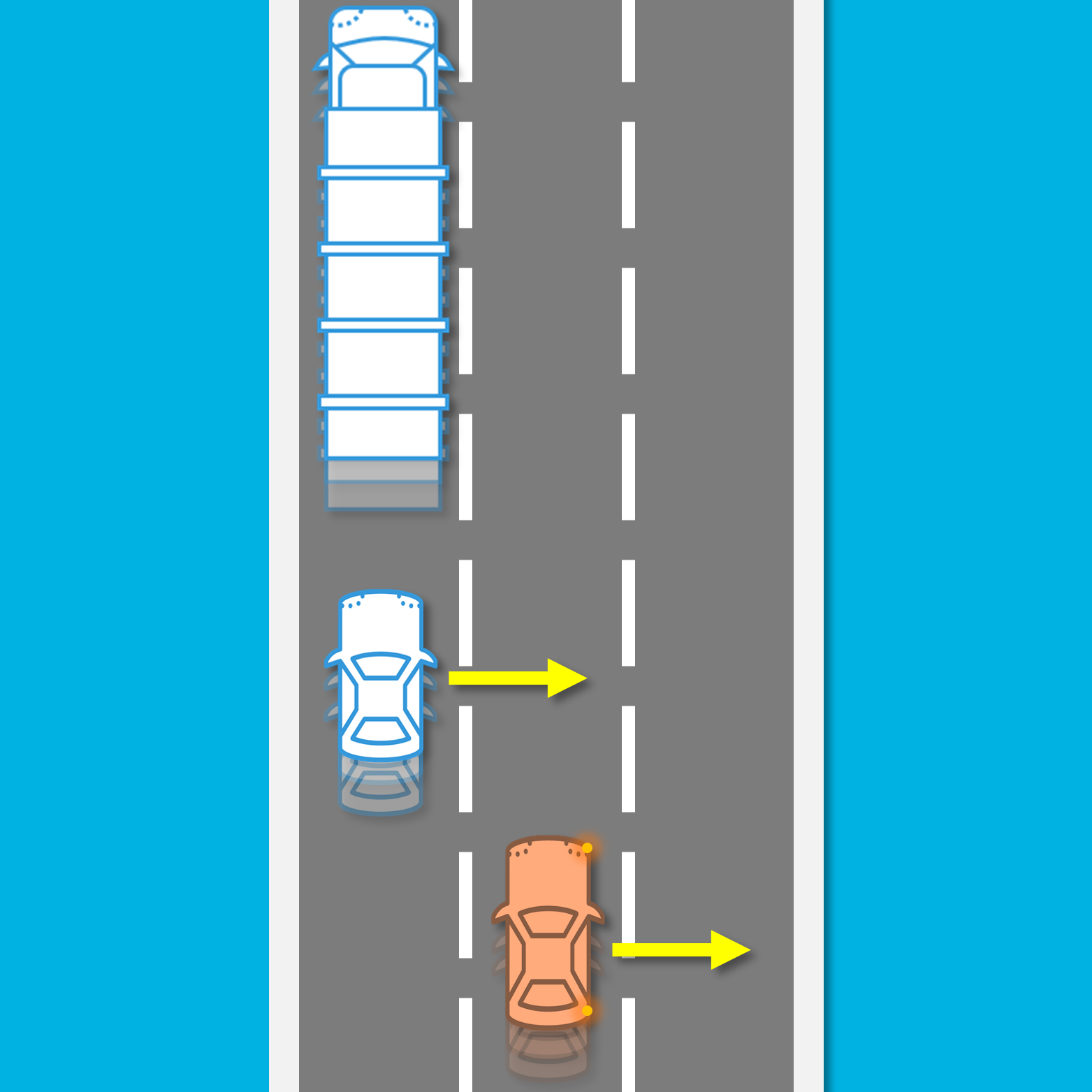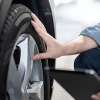
Traffic is something we all have to live with, and people who drive for work are perhaps the most affected – spending countless hours on the road during peak times for vehicle volume.
Congestion can be stressful, and can lead to conflict as drivers jostle to maintain their position in the queue, or to take risks at junctions. However, all road users can help to improve journey times as well as road safety by using some simple techniques.
Below are some examples of situations where drivers can take positive action to help to keep traffic flowing freely. It’s not just about being courteous: by anticipating the movements of other road users, drivers can help to maintain their own speed and be more mindful of hazards.
Scenario 1
If you’ve pulled into a passing place on a rural road to let a vehicle pass but there is another one following closely behind, remain tucked in for the other vehicle even once the vehicle you originally pulled over for has gone past. Even if they are at a passing place, also allowing the second vehicle to come through means they can continue without needing to slow for you. It’s also worth thinking about whether the second vehicle would fit into the passing place. If it’s a large tractor and trailer, forcing them to stop in a passing place that is too small could create an obstruction and stop traffic flow for everyone.


Scenario 2
If a vehicle is trying to edge out of a side road and blocks traffic in an oncoming lane, leave a gap and allow them to pull in front of you (if safe to do so), especially if your speed is slow and there is traffic ahead that you’d soon meet. While they may be in the wrong, speeding up means you’ll wait at lights longer and they remain holding up the oncoming traffic. However, never use your headlights to signal it’s safe to go, let the other vehicle decide if it is safe as there may be overtaking motorcyclists and other hazards that they need to consider.
Scenario 3
Similarly, if you’re approaching a queue of traffic and there’s a side road to the left with someone wanting to pull out, let them do so if it is safe and allow the traffic to move freely. Keeping the junction clear for other road users is good practice and will allow traffic to flow freely to and from the side road. However, never use your headlights to signal it’s safe to go, you could be inviting them into danger so let them make their own decision about moving.


Scenario 4
When approaching a zebra crossing, slow down early if it is safe to do so and allow the pedestrian to cross, using your brakes lightly to signal to other drivers that you’re slowing for the crossing. If you time it correctly there may not be a need for you to stop and both vehicle and pedestrian can avoid having to wait – this can help you maintain momentum and improve fuel efficiency. However, always be prepared to stop and follow the normal rules of a zebra crossing.
Scenario 5
When someone is signalling that they want to overtake you, try to make it as safe and easy as possible for them to perform the manoeuvre. Don’t speed up. Rather, move over slightly and increase the gap between yourself and the vehicle in front, allowing space for the overtaking vehicle to slot back in once they have passed you. The car overtaking may be following you more closely than usual, so increase the gap slowly without harsh braking.


Scenario 6
When using lane two on a motorway (remember this should only be for overtaking), try to anticipate vehicles in lane one wishing to overtake as well. By moving your own vehicle over into lane three when it is safe to do so, you can help traffic to move freely by removing the need for any vehicle to slow down. Using your signal, even when there is no traffic behind, will also communicate with the other motorist your intention to help them.
Scenario 7
If you’re travelling on a dual carriageway in lane one and wish to overtake a vehicle, but spot a faster vehicle approaching in lane two, consider postponing your manoeuvre until after they pass. Not only could the vehicle be closer than it appears in your mirrors but, by allowing the faster vehicle to pass first, you remove the need for them to slow down for you and you can still safely perform your overtake afterwards.

Our on-road training courses for business drivers, such as Driving for Work, can help to improve the observation, anticipation and planning skills of your drivers. Our qualified trainers can then help drivers to utilise these skills to positively impact traffic flow, as well as to correctly deal with hazards in a variety of driving situations while making them safer and more efficient. Contact us to find out more.



